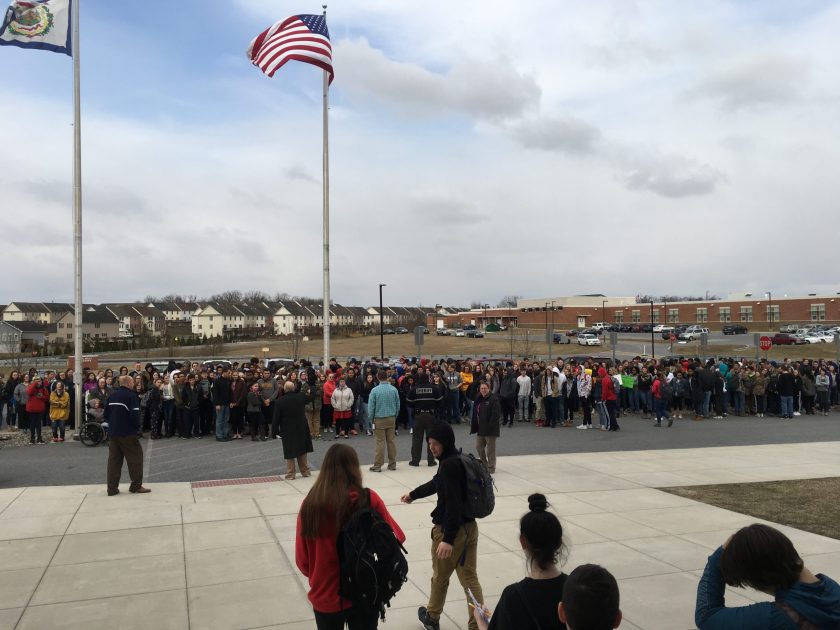by Karla Hilliard
In my English 10 Honors and English 11 classes, we’ve been grappling with darkness in the world. If you’re a teacher, it will come as no surprise to you that my students have been thoughtful, honest, and courageous in our discussion of life’s most difficult challenges.
We began our unit with Matt de la Peña’s thinking and feeling children’s book Love. Because of Love, my students remembered that love is all around, that it is “in each deep crease of your grandfather’s face” and “in the face staring back in the bathroom mirror.” But students were also reminded that sometimes life can feel empty and can seem like “there’s nothing.” And this nothingness is the darkness.
From there, we read de la Peña’s beautiful essay in TIME “Why We Shouldn’t Shield Children from Darkness” and Kate DiCamillio’s just as beautiful reply to him in “Why Children’s Books Should be a Little Sad.” If you haven’t read these essays, and you’d like a good dose of the shivers, then definitely check them out. In both essays, the writers tell stories of younger children who make themselves vulnerable in front of their peers, who share personal stories of hardship or worry, who allow themselves to cry.
My students identified with this freedom to feel and, what DeCamillo says, the need to “let ourselves be seen.”
We talked about whether or not we should shield or be shielded from darkness, how scary it is to feel alone, how children should be our models of vulnerability. We also talked about coping with darkness and healthy ways to confront it. Students agreed that faith, fresh air, a trusted friend, and sometimes a carton of ice cream can be the metaphorical light in our times of darkness.
We followed up with a poem by Adrienne Rich called “Storm Warnings” and students discovered that in our lives, like weather, “the wind will rise: we can only close the shutters.”
But, what about those who don’t know how to close the shutters? What of those who can’t cope? Who are not equipped to weather the storms or light a match against the darkness?
In Michael Ian Black’s “The Boys Are Not All Right” published in The New York Times a week after the tragic, senseless, vile and horrific shooting at Marjory Stoneman Douglas High School in Parkland, Florida that claimed 17 lives, the notion of masculinity and modernity and vulnerability are explored.
My students read this, too. And this essay stopped them in their tracks. It was clear that what Black says resonated with my students. That they, too, see young men in their worlds reduced to “two choices: withdrawal or rage”, and that they very much, as I do, fear the combination of the two.
Yesterday, as students across the country raised their voices to protest, many calling for common sense gun-control legislation and all honoring the lives lost at Marjory Stoneman Douglas, I see the light. I remember and remind myself that our kids are our hope.

Today, my students will write an essay arguing whether or not and to what degree we should shield children from the ugliness of the world. They will continue to consider our society’s seemingly accepted norm of terror and violence and partisan political games.
And I will continue to nurture discussion and force a healthy dose of discomfort in my classroom— not controversy for controversy’s sake, but consideration of issues that matter to and impact this generation of hope. I will do this because it is my job, and because I am the mother to two young daughters who are the joy of my life, and because my students are also my kids, and because our collective student body is the light in America’s darkness.
I encourage all teachers to help their students “see and be seen,” and as one young man in my English 11 class put it, to “Stop wishing. Start doing. Stop talking. Start doing. You can spot troubled kids. Help them cope with the darkness. Grab their hand before they fall off the edge.”